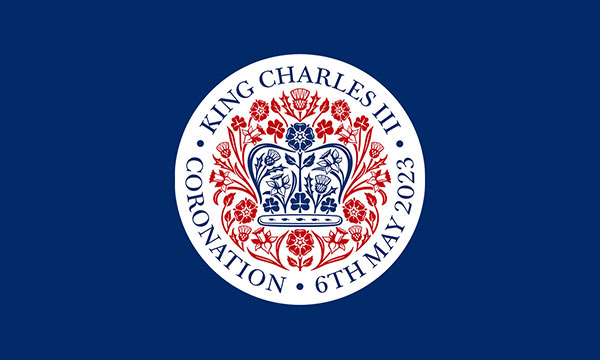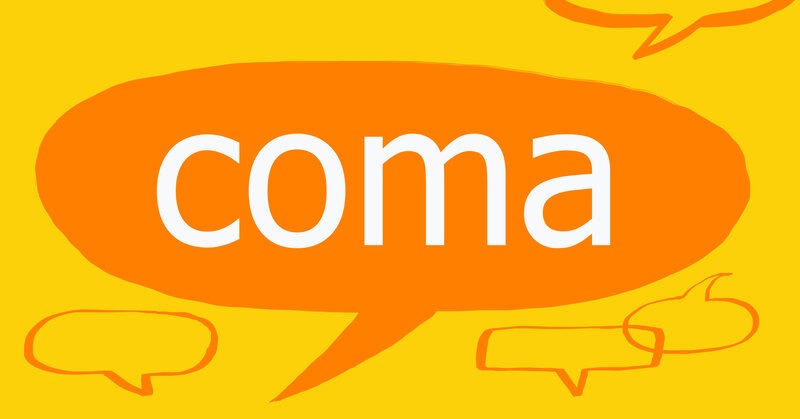As mentioned in my coronation post earlier this week, the coronation ceremony is hallowed by time. Edgar was the earliest English king to be crowned, at Bath Abbey in 973; Robert the Bruce was hastily crowned King of Scots at Scone (rhymes with ‘spoon’) in 1306 with an improvised circlet of gold. In 1331 his only son, King David II, was crowned with a true crown, anointed and enthroned at the age of five in a ceremony of great splendour. The ‘Honours of Scotland’, as the Scottish crown jewels are known, are in fact older than the English ones because Oliver Cromwell had those dismantled or melted down.
That said, the current order of the day was devised for the King’s great-great-grandfather, the corpulent Edward VII, and so is ‘traditional’ only in the narrowest interpretation of that word.
What is completely untraditional is the specific coronation emoji used on Twitter. That emoji represents schematically the massive golden St Edward’s Crown, used in every coronation since it was created in 1661 for the coronation of the King’s namesake King Charles II to replace what Cromwell had destroyed. The design of the invitation to the coronation also caused comment for its novelty, including as it did at the bottom of the design a green man in honour of the King’s horticultural bent.
The ritual will be bookended by a state procession from Buckingham Palace to Westminster Abbey and back.
Not a slowcoach but a slow coach
The King and Queen travel to the Abbey in the Diamond Jubilee State Coach commissioned for the King’s mother in 2012. Though designed to ride more smoothly than the resplendent Gold State Coach, it sits higher than a car to make its passengers more visible to the public. But its insides would knock the trim of any motor you or I might own into a cocked hat – a tricorn – which is, incidentally, not the style the coachmen will be wearing. They, instead, will sport black velvet-covered jockey caps.
The interior of the carriage is beautifully inlaid with specimen woods from royal residences, not to mention containing other historic mementoes (Note: mEmento(e)s, not ?momentoes) such as, would you believe, a piece of Florence Nightingale’s dress. Atop the carriage sits a huge crown, carved of oak from HMS Victory, Nelson’s flagship at the Battle of Trafalgar and therefore a potent – or perhaps poignant – symbol of Britain’s erstwhile naval power.
Returning, though, they will suffer the jolts and proverbial discomfort of the rococo fantasia that is the Gold State Coach (GSC for short).
I’ve never been a petrolhead, but I fear the coronation must be turning me into a bit of a carriage-head, for now I’m simply agog to tell you all about the GSC. My excuse is that it’s an utterly astonishing artefact/artifact.
This masterpiece was designed by William Chambers, architect of London’s majestically classicising Somerset House. The coach is not, of course, made of gold but of giltwood, wood gilded with gold leaf. Its side panels, decorated by Chambers’ protégé, the Italian artist Giovanni Battista Cipriani, depict gods and goddesses.
At the front of the carriage two life-size gilded tritons, the merman attendants of the sea god Neptune/Poseidon, overtower the wheels and blow into their conches as if to warn the hoi polloi to clear the way, while two more follow at the rear. On the roof three putti or cherubs encircle a crown and symbolise the union, at the time, of England, Ireland and Scotland. Pulled by six or eight horses, it has to move at a walking pace, so I hope the camera people on the day will allow us all to get a good long gander at its unalloyed splendour.
I asked myself ‘When is a coach a carriage?’ in a historical context and could come up with no clear answer. The curator of the royal collections used them interchangeably when talking about the two I’ve just described so perhaps they are that thing scarcer than hen’s teeth, true synonyms.
And, while we’re on the subject, carriage comes from the Old Northern French cariage from the verb carier, ‘to carry’, but you might be surprised to learn that coach is originally … Hungarian. In fact, it’s an eponym, a word based on the name of a person or place, the place being Kocs, the village in Hungary where coaches were first made. Another hidden Hungarian eponym, incidentally, is Biro, from the Hungarian inventor of that kind of pen, Laszlo Bíró.
The regalia and other appurtenances
Apart from having a set order, the coronation makes use of jewels, swords, symbols of power and majesty and, of course, a throne. The first three are subsumed under the term ‘regalia’.
Now, as an aside, here’s a thing. My inner Latinist instinctively parsed regalia as plural; in Latin it’s a neuter plural. But the Collins Cobuild definition calls it ‘uncountable’, hence a singular verb, while the Collins Dictionary labels it ‘plural, sometimes functioning as singular’. Westminster Abbey goes for the singular, but it sticks in my craw, so I’ll use the plural.
The King and Queen will be each attended throughout by four pages who are family members. Royal watchers will note that this more intimate arrangement contrasts strikingly with the six noblewomen who were Maids of Honour at the Queen’s coronation.
And page in this context has nothing to do with sheets of paper and instead is a 1200s word, via Old French, from Italian paggio, just conceivably from Greek paidion, ‘boy’, from pais, ‘child’.
An unchanged part of the ceremony, though, will be the spurs – a word from Germanic, for a change. These spurs symbolise chivalry and knighthood and are carried in the procession within the Abbey before being laid on the altar. One spur will be in the hands of the 15th Earl of Loudoun, who will travel from Australia specially to uphold a tradition that started with his ancestor carrying them at the crowning of Richard the Lionheart in 1189. The other spur will probably be in the hands of the 23rd Baron Hastings.
Once the procession halts, the King will be presented to the assembled company in ‘The Recognition’. At this point all concerned will hail him, joyously shouting ‘God Save King Charles,’ and fanfares fit to blow the royal socks off will resound around the Abbey.
I understand that Handel’s ‘Zadok the Priest’ with its spine-tingling, not to say tear-inducing, introduction will be performed by orchestra and choir, as it first was for the anointing of George II in 1727 and has been at every coronation since. Otherwise, the King, a great melomane, has commissioned six orchestral pieces, five choral ones and one organ piece.
For the anointing, the ampulla – a diminutive of amphora – will be used, a golden vessel whose top is in the shape of a detachable eagle. From the eagle’s beak, oil will be poured into the twelfth-century anointing spoon, the oldest item in the regalia, which somehow escaped Cromwell’s destruction. In a sign that the King is the defender of all faiths, not just Defender of the Faith, a title passed down from the time of Henry VIII, Sikh, Muslim, Jewish and Hindu peers of the realm will have the management of the following objects: the coronation robes, the armills – golden bracelets representing sincerity and wisdom –, the ring, and glove.
At midday the King will be crowned with the massive St Edward’s Crown, only ever worn at coronations, at which point the assembled company will acclaim him with repeated salvos of ‘God Save the King’, echoed in the gun salutes fired in London and various key cities across the United Kingdom.
Then he will ascend the throne, under which will temporarily sit The Stone of Scone, aka The Stone of Destiny, before its return to Scotland. According to Scottish myth, the stone was brought to Scotland by Scota or Scotia, the pharaoh’s daughter. A charming story, no doubt, but the only certainty is the age of the Devonian rock from which the stone is carved, namely, 400 million years.
God Save the King!
By Jeremy Butterfield
Jeremy Butterfield is the former Editor-in-Chief of Collins Dictionaries, and editor of the fourth, revised edition of Fowler’s Dictionary of Modern English Usage.
All opinions expressed on this blog are those of the individual writers, and do not necessarily reflect the opinions or policies of Collins, or its parent company, HarperCollins.




collins_dictionary_official
The home of living language. #wotd #wordlovers #collinsdictionary
Read our word of the week definitions and blog posts: